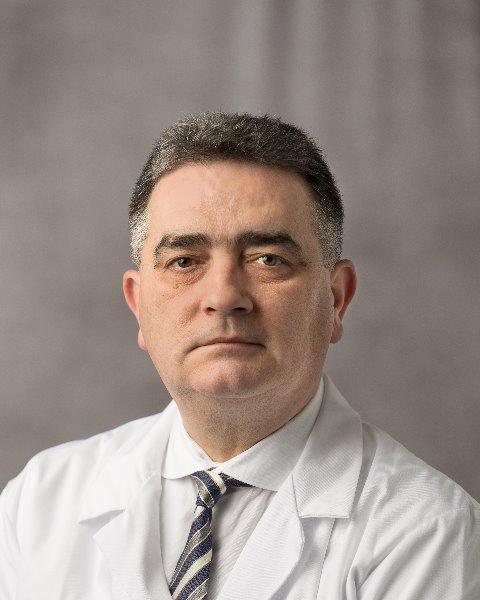Poster Session 2
(658) Differential expression of placental CD300 receptors in preeclampsia (PE) and preterm birth (PTB)

William E. Ackerman, IV, MD (he/him/his)
Research Associate Professor
University of Illinois at Chicago, College of Medicine
Chicago, Illinois, United States- MT
Meera M. Thakkar, MD, MPH
Fellow
University of Illinois at Chicago, College of Medicine
Chicago, Illinois, United States - GZ
Guomao Zhao, BS
Laboratory Manager, Perinatal Research
University of Illinois at Chicago, College of Medicine
Chicago, Illinois, United States - ZS
Zoe B. Strong, BA
University of Illinois at Chicago, College of Medicine
Chicago, Illinois, United States - EF
Elizabeth Feoktistov
University of Illinois at Chicago
Chicago, Illinois, United States - ES
Ekaterina Snegovskikh
University of Illinois at Chicago
Chicago, Illinois, United States 
Catalin S. Buhimschi, MBA, MD
Professor and Division Director Maternal Fetal Medicine
University of Illinois at Chicago, College of Medicine
Chicago, Illinois, United States- IB
Irina A. Buhimschi, MD, MSc
Professor and Director, Perinatal Research
University of Illinois at Chicago, College of Medicine
Chicago, Illinois, United States
Submitting Author and Presenting Author(s)
Coauthor(s)
Study Design:
We interrogated bulk and single-cell (sc) placental RNA sequencing (RNAseq) datasets (GEO: GSE73714, GSE203507, GSE114691, GSE173193; Figshare: 23264102) for CD300 expression in PE (n=65) and PTB (NO-Triple I n=26; YES-Triple I, n=5). This analysis was complemented by RNAseq in a new set of 8 fetal membrane (FM) samples as follows: YES-Triple I (n=4, GA 28±3w), NO-Triple I (n=4, GA 32±1w). Selected targets were cross validated by qPCR.
Results: Across placental RNAseq datasets, all 7 CD300 mRNAs could be detected, with CD300LG predominating in the villous placenta and CD300A and -E most abundant in FM. By scRNAseq, CD300LB, -E, and -LF displayed myeloid-limited expression, CD300A was expressed in myeloid and lymphoid cells, CD300LG was abundant in vascular endothelial cells, and CD300LC and -D expression fell below detection limits. Villous CD300LG was significantly more abundant in PE than non-PE samples (FDR < 0.05). In Triple I, CD300A, -LB, -LD, -E, -LF, and -LG were elevated (FDR < 0.05) in FM but not villous placenta by RNAseq, with CD300LF being most significant. Increased expression of placental CD300LG in PE and FM CD300LF in Triple I were confirmed by qPCR (p < 0.05).
Conclusion: The CD300 family of receptors is present in the human placenta. In pregnancy conditions with strong inflammatory components the signaling pathways emanating from this family of receptors are likely diverse based on disease and their location.

